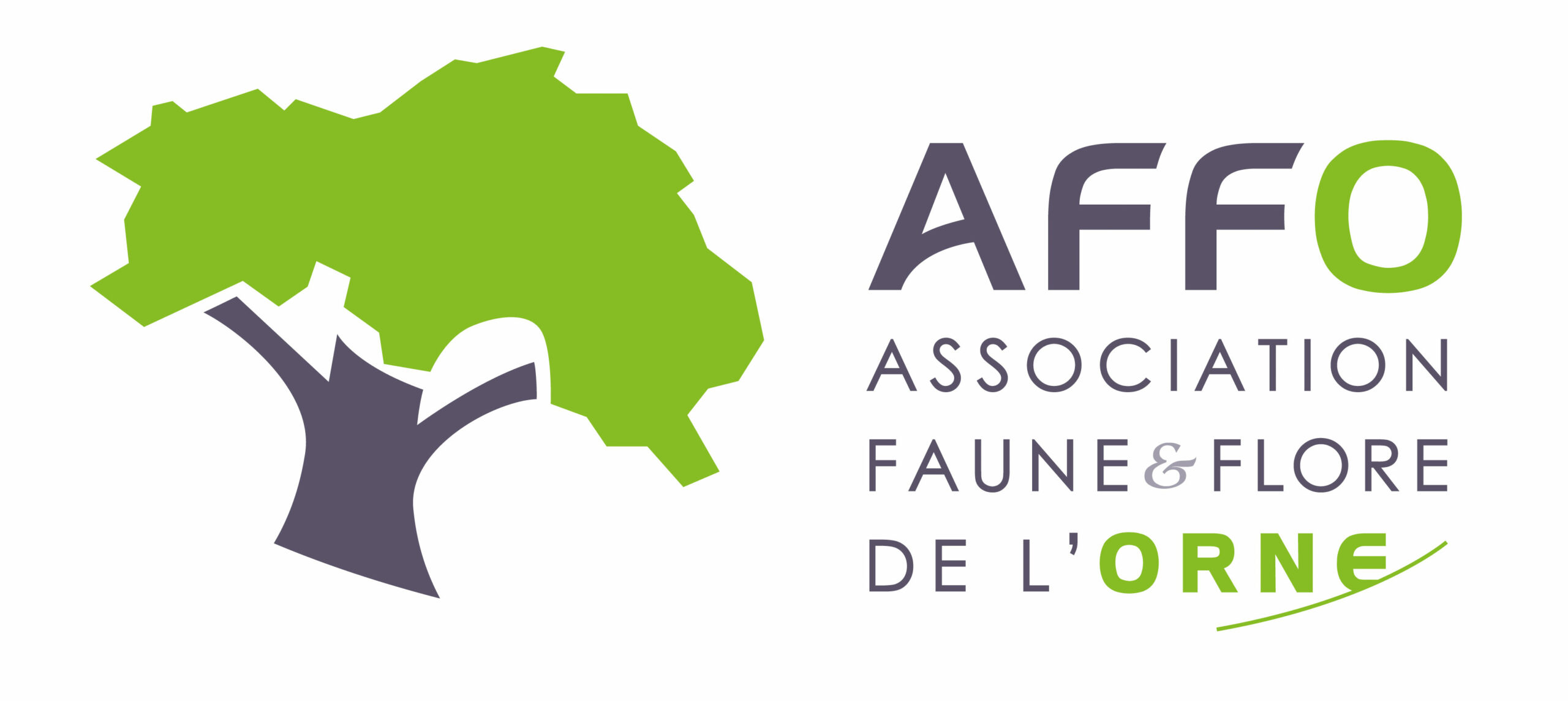Hylocomiadelphus Ochyra & Stebel, 2008
Où cette espèce a-t-elle été observée ?
 Attention : cette espèce peut être présente où il n’y a pas de maille, mais à ce jour elle n’y a pas encore été observée.
Attention : cette espèce peut être présente où il n’y a pas de maille, mais à ce jour elle n’y a pas encore été observée.
- 33 observations
-
19
communes -
13
observateurs
5
organismes -
Première observation
1900 -
Dernière observation
2025
Beaumont-les-Autels - Bellavilliers - Chapelle-Guillaume - Combres - Corbon - Fontaine-Simon - Igé - La Ferté-Vidame - Lamblore - La Ventrouze - Le Mesnil-Thomas - Longny les Villages - Saint-Martin-du-Vieux-Bellême - Saint-Maurice-Saint-Germain - Senonches - Soligny-la-Trappe - Tourouvre au Perche - Vichères - Villiers-sous-Mortagne
-
Institut national de l'information géographique et forestière (IGN)
Participation à 12 Observations
Part d'aide à la prospection : 36.36 %
Fiche organisme
-
Association Faune & Flore de l'Orne (AFFO)
Participation à 11 Observations
Part d'aide à la prospection : 33.33 %
Fiche organisme
-
Conservatoire botanique national du Bassin parisien (CBNBP)
Participation à 4 Observations
Part d'aide à la prospection : 12.12 %
Fiche organisme
-
PNR et géoparc mondial UNESCO Normandie-Maine
Participation à 2 Observations
Part d'aide à la prospection : 6.06 %
Fiche organisme
Informations espèce
Répartition actuelle en France métropolitaine
© INPN - Avertissement : les données visualisables reflètent l'état d'avancement des connaissances et/ou la disponibilité des données existantes au niveau national : elles ne peuvent en aucun cas être considérées comme exhaustives.
Répartition actuelle dans le monde
Avertissement : les données visualisables reflètent l'état d'avancement des connaissances et/ou la disponibilité des données existantes au niveau mondial : elles ne peuvent en aucun cas être considérées comme exhaustives.










